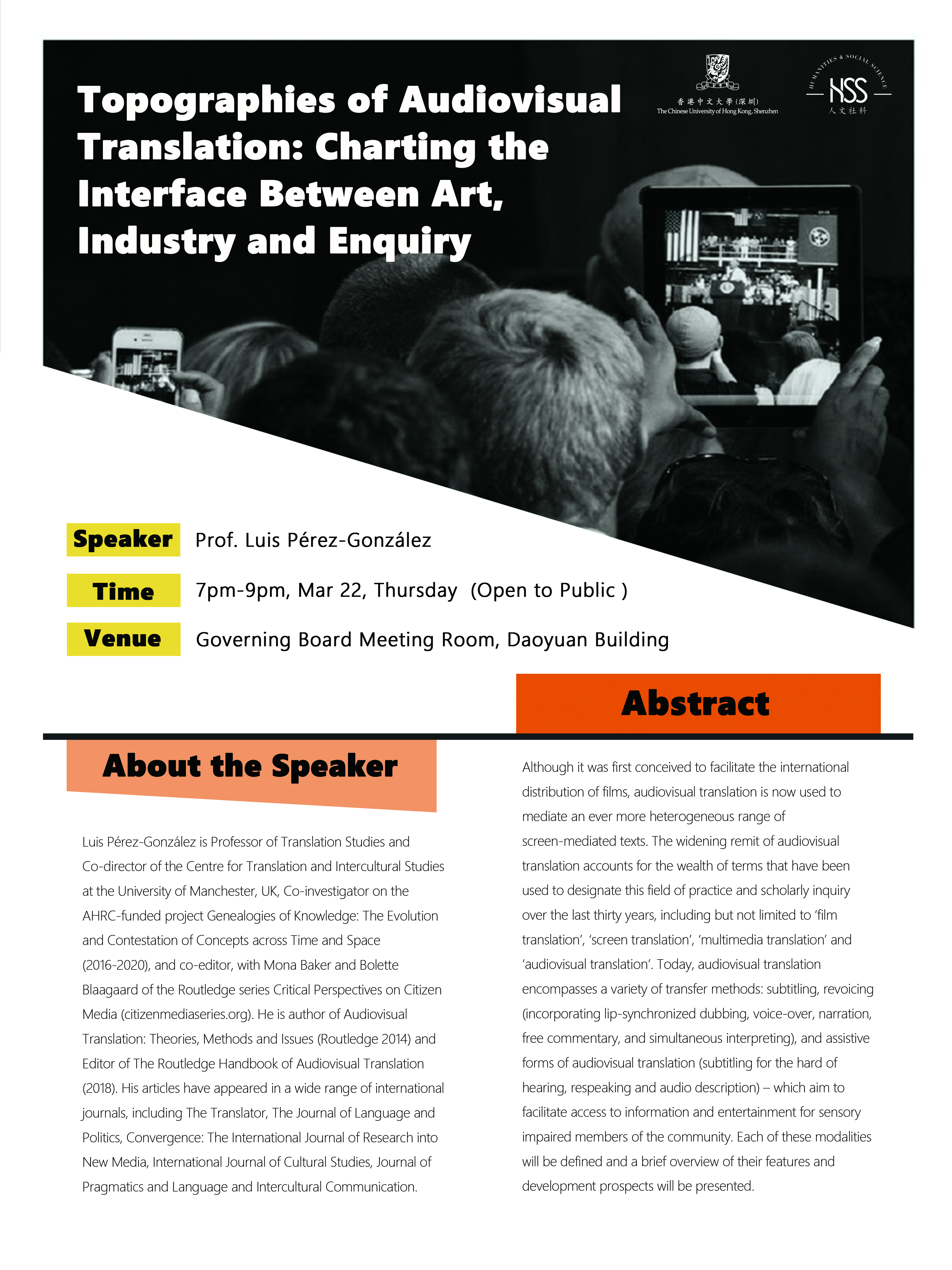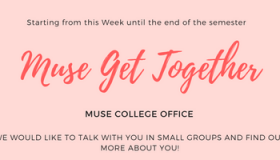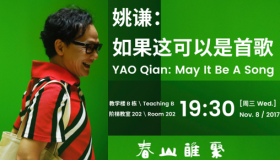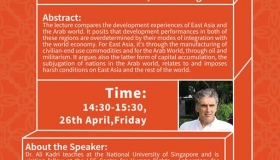Topographies of Audiovisual Translation: Charting the interface between art, industry and enquiry

Topic: Topographies of Audiovisual Translation: Charting the interface between art, industry and enquiry
Speaker: Prof. Luis Pérez-González
Time: 7pm-9pm, Mar 22, Thursday
Venue: Governing Board Meeting Room, Daoyuan Building
About the Speaker
Luis Pérez-Gonzálezis Professor of Translation Studies and Co-director of the Centre for Translation and Intercultural Studies at the University of Manchester, UK, Co-investigator on the AHRC-funded project Genealogies of Knowledge: The Evolution and Contestation of Concepts across Time and Space (2016-2020), and co-editor, with Mona Baker and Bolette Blaagaard of the Routledge series Critical Perspectives on Citizen Media (citizenmediaseries.org). He is author of Audiovisual Translation: Theories, Methods and Issues (Routledge 2014) and Editor of The Routledge Handbook of Audiovisual Translation (2018). His articles have appeared in a wide range of international journals, including The Translator, The Journal of Language and Politics, Convergence: The International Journal of Research into New Media, International Journal of Cultural Studies, Journal of Pragmatics and Language and Intercultural Communication. He is the Academic Director of the International Research School for Media Translation and Digital Culture that the Baker Centre for Translation and Intercultural Studies at Shanghai Jiao Tong University will run for July 2019.
Abstract
Although it was first conceived to facilitate the international distribution of films, audiovisual translation is now used to mediate an ever more heterogeneous range of screen-mediated texts. The widening remit of audiovisual translation accounts for the wealth of terms that have been used to designate this field of practice and scholarly inquiry over the last thirty years, including but not limited to ‘film translation’, ‘screen translation’, ‘multimedia translation’ and ‘audiovisual translation’. Today, audiovisual translation encompasses a variety of transfer methods: subtitling, revoicing (incorporating lip-synchronized dubbing, voice-over, narration, free commentary, and simultaneous interpreting), and assistive forms of audiovisual translation (subtitling for the hard of hearing, respeaking and audio description) – which aim to facilitate access to information and entertainment for sensory impaired members of the community. Each of these modalities will be defined and a brief overview of their features and development prospects will be presented.
Please scan the QR code to sign up for the lecture.





